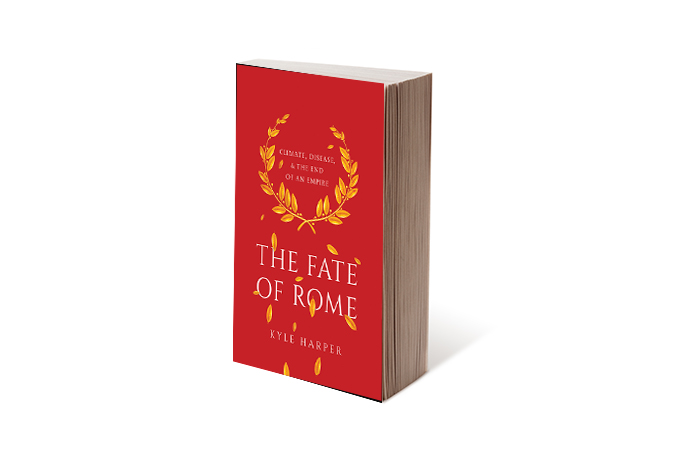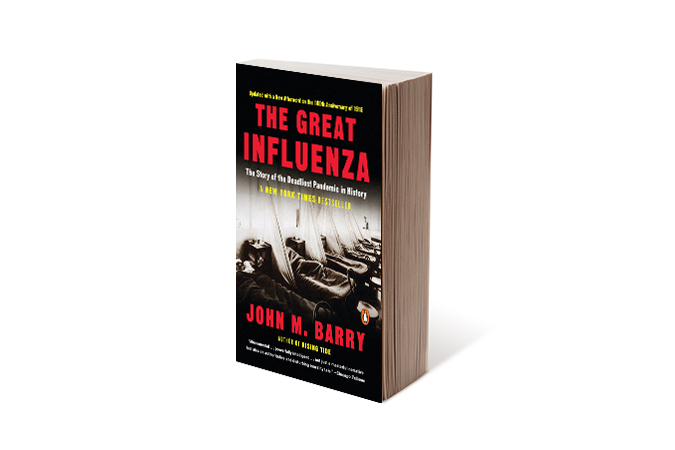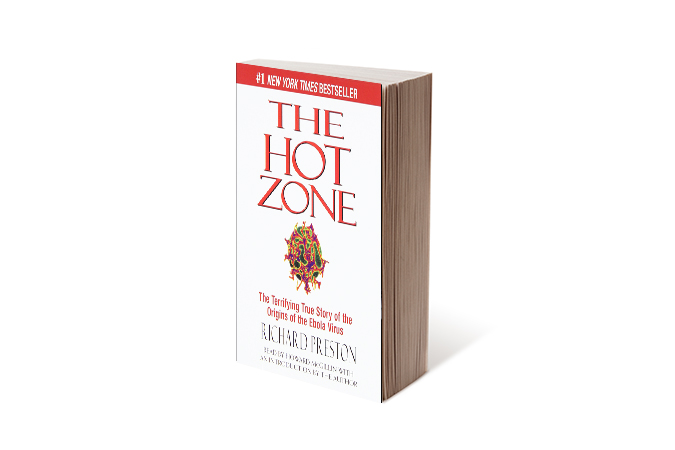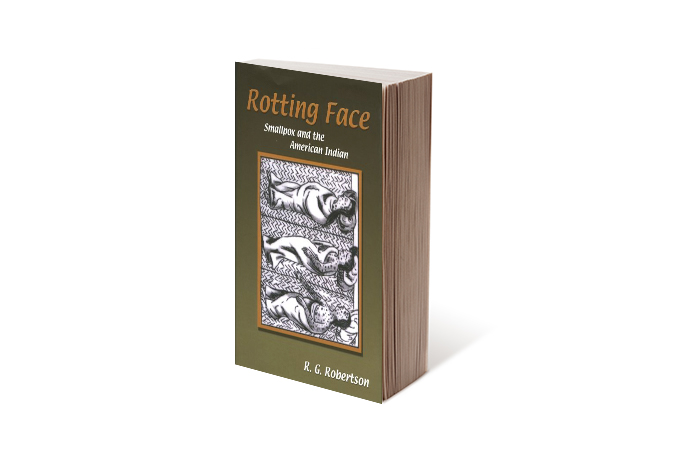For some of us currently living through the COVID-19 pandemic, reading a book about another outbreak that afflicted humanity might sound like the last tome on Earth to crack open right now. Others, however, will find reading about epidemics of the past just the right thing for the moment. A good nonfiction account can help the reader gain a better understanding of how pandemics start, spread, and ultimately end, potentially offering comfort in these uncertain times. It can also offer a broader and deeper context that the daily news cycle might not.
If a book about a past disease was a compelling read before the novel coronavirus spread around the globe, it’s still a good read post-COVID-19. Viruses and bacteria have done so much to shape the history of the world that it’s impossible to imagine our human story without them. From the deadly role malaria played in ancient Rome (Roman Fever, as it was known) to the devastating bouts of bubonic plague that swept Europe, to smallpox ravaging the native populations of the Americas, to the Spanish flu coming on the heels of World War I, epidemics have caused death on a scale second to none. Just take the Spanish flu, properly called the 1918 Pandemic: that pandemic killed somewhere between 50 million and 100 million people in just over a year, whereas WWI, immediately before it, caused 40 million casualties.
Reading about pandemics isn’t lighthearted stuff, but if you have anything more than a passing interest in history, books on the subject must be in your queue. So, too, are these reads important if you’re hoping to gain a better understanding of what this present pandemic may look like in hindsight, whenever we have the fortune to thus view it. And finally, as in times of war, civil unrest, and other strife, powerful and moving stories emerge, often featuring memorable men and women who will renew your faith in humanity writ large.
Guns, Germs, and Steel by Jared Diamond

As the name suggests, this celebrated book is about more than just the role the disease has played in history. However, this Pulitzer Prize-winning author will leave no doubt in your mind that with the germ part of the equation in the past, the world of today would look nothing like it does. His book covers everything from the way agriculturally advanced societies had a military leg up over forgers and hunters to the way viruses didn’t give a damn how anyone got their calories, and killed populations indiscriminately. Few history books manage to be both so informative and so engaging as this one.
The Great Mortality by John Kelly

The subtitle of The Great Mortality is “An Intimate History of the Black Death, the Most Devastating Plague of All Time,” so it probably won’t come as much surprise that this book has plenty of gruesome pages. The scale of death wrought by the bubonic plague that swept much of the “known” world in the 1300s is so staggering that the statistics almost numb the shock. Across Asia and Europe, some 75 million people were killed by the Black Death. That was a third of the world population at the time, which would equate to about 2.5 billion people today. Picture every single person living today in North, Central, and South America dying. Now double it. Now still add about 500 million. That’s the scale of death that this book is covering here. By going beyond the stats and find stories of specific places and people, he makes this staggering subject all too relatable.
The Fate of Rome by Kyle Harper

If you are interested only in illness, then don’t read this book. If, however, you are interested in how endemic (and by the scale of the ancient world, pandemic) illness played a major role in bringing down the largest ancient civilization, do read this book. Rome’s decline and fall were not caused solely by sickness; indeed, the causes have been and will be debated ad nauseam across the centuries. While even this huge civilization would eventually have fractured, it was inarguably weakened over the years by a deadly strain of malaria and Rome saw its influence beyond being a regional power ravaged by the Justinian Plague of 451 through 542 CE.
The Great Influenza by John M. Barry

The subtitle of this fine book shows that we have trouble agreeing on which pandemic is history’s worst to date. “The Story of the Deadliest Pandemic in History” suggests the earlier claim that the Black Death holds that dubious distinction is wrong. Let’s not go down that rabbit hole and agree that they were all terrible, as this book will leave little doubt. The wrenching scenes of suffering and the courage of those fighting the sickness are all here, but what Barry brings to his book that many historians leave out is guidance on how to deal with outbreaks of the future, which is for those in authority to be completely open and honest with their populations about the scope and danger, so that society as a whole can respond properly. Too bad this 2005 book wasn’t mandatory reading before 2019.
The Hot Zone by Richard Preston

The Ebola virus is a savage killer. It is a hemorrhagic disease that causes chills, fever, pain, and, finally, blood loss that is often fatal. For years, it was scarcely understood. Now nearly 30 years old, The Hot Zone is no less a gripping, terrifying book than it was when first published, but now we know that even Ebola, once an almost unstoppable killer, can be contained and defeated if caught fast enough. That may give at least bit of solace to the reader still unsure of what will come from the current coronavirus pandemic.
Rotting Face by R.G. Robertson

Were it not for disease, the story of European contact with and eventual overrunning of the native people of the Americas would have been wildly different. From the first few voyages Europeans made to the “New World” in the late 15th century well into the 1800s, when many native groups finally saw their way of life ended, disease was responsible for far more death than conflict. This approachable book zeroes in on one specific smallpox outbreak that took place starting in 1837 and that ravaged many Plains Indians. The damage wrought on this group by this disease illuminates just how devastating smallpox was for centuries of human existence before it was finally eradicated in the 20th century.



